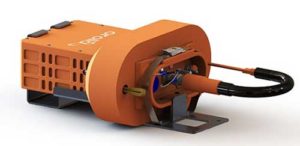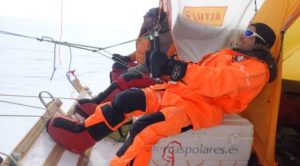Just five years ago, initiating a GNSS spoofing attack required not only high-priced equipment but university-level engineering expertise. Now, the technology and much of the software is freely available online, and bad actors with limited skill can use it. Faced with high-profile incidents such as the 2019 “Crop Circle” event in China, where ships entering the port of Shanghai were affected by spoofing at the mouth of the HuangPu river, and a similar event in Iran, we can see that the potential global impact is substantial.
Our presentation* at ION GNSS+ 2020 detailed the technical aspects of our lab tests of GNSS receivers to see how they reacted to spoofing and meaconing attempts. This is the first time a detailed study of Read more…






